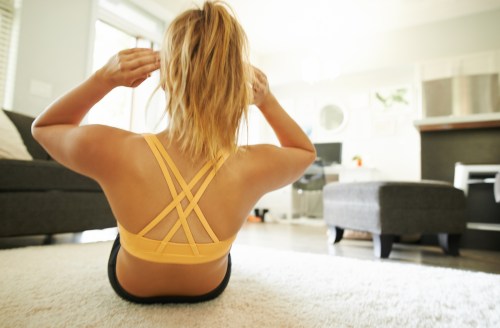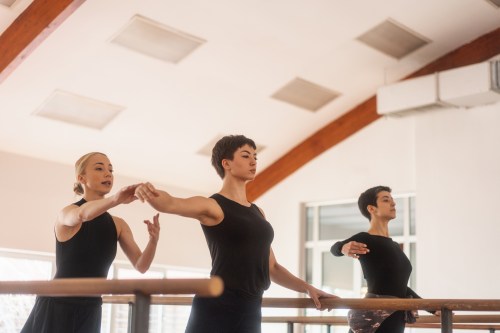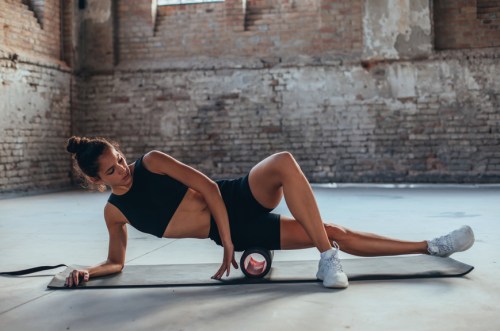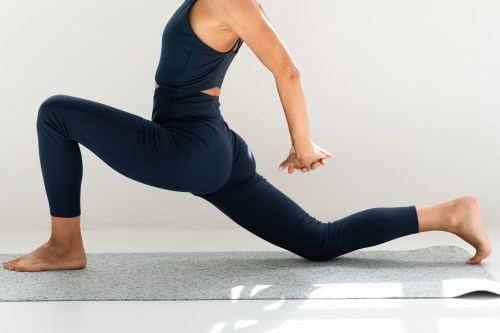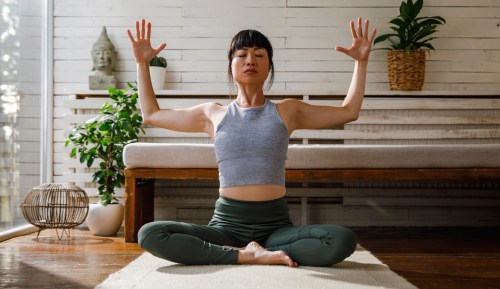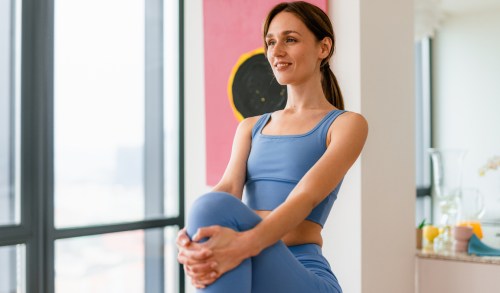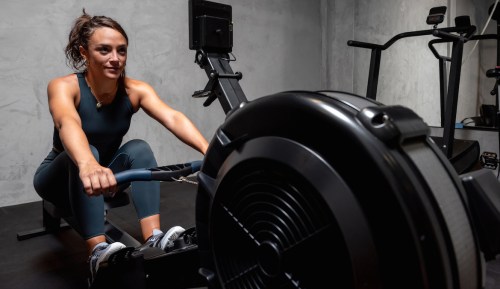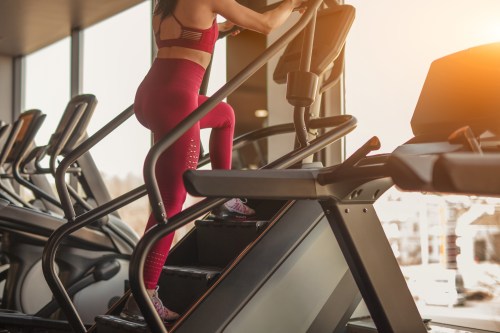From AMRAP to metcon, there are hundreds of different ways to structure a strength-training session. If you wanted, you could wake up every morning for the rest of the year and try a totally new workout format without ever getting bored. But according to Peloton instructor Jess Sims, the best way to get an efficient, quick strength-training workout is by adhering to “the rule of three”—aka doing three circuits that each include three different moves, with 30 seconds of rest in between.
“I typically stick to three sets of eight to 12 repetitions,” says Sims. “The first set is just your body and mind getting to know the technique, the second set your body and mind know what is expected and therefore can get right to work, and the last set is always the toughest for the body and mind because the muscles push through fatigue.” By doing the same three moves over and over, you’re using short, targeted circuits to burn out your muscles, which ultimately helps them get stronger.
While the rule of three is fairly standard practice, you can tweak this method depending on your goals. If you want to work muscular endurance, you can opt for higher reps (15 to 25) with lighter weights. If you’re working toward building muscle mass, you’d want to go for lower reps (one to six) with heavier weights. No matter what you’re looking to get out of your workout, the general principle of doing three moves, three times in a row, remains the same.
To get the most out of a full body workout, you’ll want to ensure that you include some core work, a knee dominant move (like a squat), a hip dominant move (like a deadlift), and an upper body push and pull. “These don’t need to all happen in one circuit, but they should all be included in a complete, full body workout,” says Sims. She suggests trying suitcase lateral lunges (hold a weight in each hand as you lower into a side lunge), renegade rows with a push-up (start in a push-up position on top of weights; row one arm at a time then do a push-up), and Romanian deadlifts (hold a weight in each hand with your arms extended toward the floor, hinge at the hips with your knees bent, and engage your core to stand straight up). Start with 10 reps of each, and allow yourself 30 seconds of rest in between sets.
The best thing about the “rule of three” is that you can make it harder as you get stronger without having to make any major changes to your routine. “If you’re doing bodyweight exercises—which you should always do before you load, or add weight—start with eight reps the first week, then 10 the next, then 12 the next as a form of progression,” says Sims. “If you’re using weights, the goal should be to try to increase the weight as your program moves along.” See? Told you you’d never get bored.
The “rule of three” doesn’t just apply to strength training. To see how it works in a Pilates routine, follow along with the video below.
Sign Up for Our Daily Newsletter
Get all the latest in wellness, trends, food, fitness, beauty, and more delivered right to your inbox.
Got it, you've been added to our email list.
